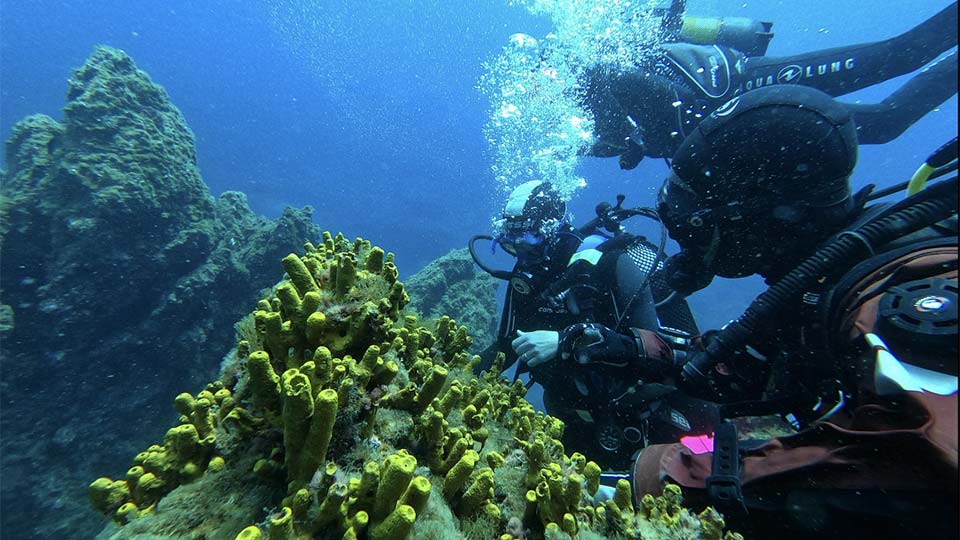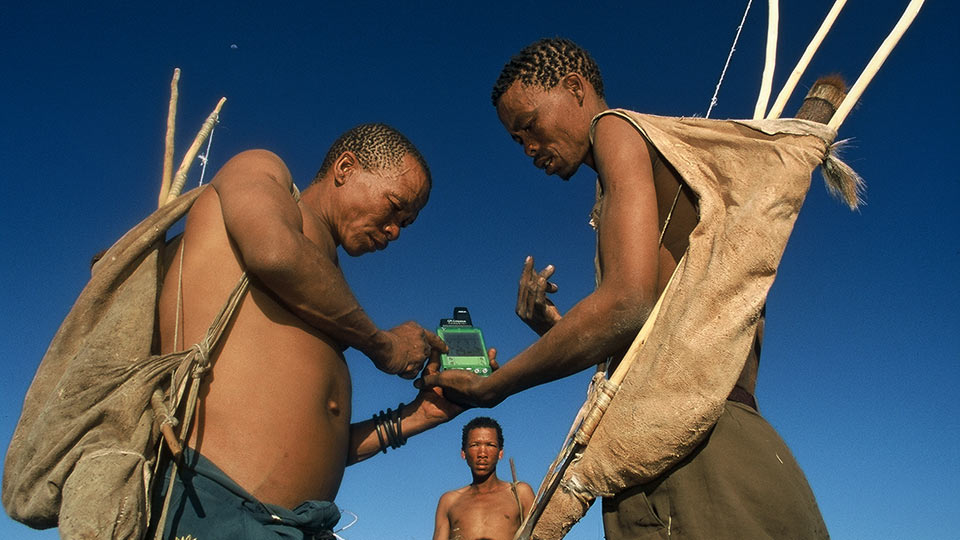Background
During the Argentine economic crisis (1999-2002), Hugo Olivera, a manufacturer of mechanical spare parts, found himself without work and decided to employ his inventive skills in a new area.
At the start of the year 2000, he heard about a waiter having to uncork more than 60 bottles of sparkling wine in the course of a party and ending up with badly grazed hands. Together with his friend Roberto Cardón, an industrial mechanic, Mr. Olivera began reflecting on a new means of uncorking bottles of sparkling drinks. Shortly afterwards, his friend backed out of the project. Mr. Olivera relied on his personal savings to develop a working prototype of what would later become the “Descorjet”: a quick, safe, and easy to use cork opener for sparkling wines.

submitted in European
Patent application
EP20010250348
(espacenet.com)
Patents
In mid-2000, Mr. Olivera filed a patent application to protect the first working prototype of his novel cork opener. Later in the year he joined the Argentine Association of Inventors, who warned him that his original patent application was badly worded and that the claims did not actually cover everything that should be protected. Thus, as it had not yet been published, he withdrew the initial application and filed a new one after the appropriate corrections had been made following the advice of a patent agent.
Once the original prototype had been transformed into a standardized, defect-free industrial product, a meticulous anticipation search on the Internet and in several comprehensive patent databases was carried out. Patents were applied for in more than 25 countries (including Australia, Brazil, Canada, Mexico, New Zealand and the United States) and in the European Union. As Argentina is not a Contracting State to the Patent Cooperation Treaty (PCT), Mr. Olivera and his partners were obliged to file for patents in a great many countries very quickly, within the priority period of 12 months, and were at risk while they did so.
Patents were granted in just eight months in the United States of America and in 18 months in the European Union.
Trademarks and Industrial Designs
The product name, logo and packaging were also duly protected with trademark and industrial design registrations in more than 25 countries. In 2001, when the company “Descorjet S.A.” was established, all the patents and other forms of intellectual property (IP) were made over to it as intangible assets.
Financing
The Argentine Association of Inventors (AAI) also helped Mr. Olivera with the development of a business strategy and the search for experienced partners prepared to invest time and money to bring the product to the market. Then AAI-president Eduardo Fernández, a professional inventor and entrepreneur, joined forces with Mr. Olivera to improve the product and find a group of investors. The search for investors was long and hard: “We knocked on more than 30 doors and when eventually No. 31 opened we were in business. We were looking not only for money, but also for people who would commit themselves to the project”, explains Mr. Fernández.
The project was privately financed with contributions from two investors with ample technical and industrial experience. Descorjet S.A. was set up in Argentina, with an offshore company for the international business management. The initial investment was US$ 260,000, which was earmarked for the industrial development of the project, castings, patenting, travel, pamphlets and other paperwork, web pages, external consultants, etc.

sparkling wine corks
safely, quickly and
easily (espacenet.com)
Business Results
The “Descorjet” has won prestigious national and international awards, such as the first prize in the 2001 International Invention Exhibition of Geneva, the first prize in the 2001 Buenos Aires Regala Exhibition for the best industrial design and the first prize in the National Business Plan Contest NAVES in 2002, organized by the IAE Business School and Argentina’s Universidad Austral.
The processing from the design stage to the first sales took a mere 18 months. Descorjet S.A. has sole control over manufacturing and marketing. A number of improvements have been made to the product, and they too are protected by patents.
Annual sales amount to about 35,000 units, with an annual growth of 15 per cent. Of that output, 90 per cent is manufactured in Taiwan (Province of China) (for the European and North American markets and those of Australia and New Zealand), owing to the competitive advantages in terms of manufacturing and shipping costs, while the remaining 10 per cent is manufactured in Argentina for the Mercosur countries.
As for staff strength, the company has just four full-time employees in Argentina for final assembly and packaging, while the partners themselves work on the day-to-day management. All the rest is contracted out, including cutting, welding and polishing, the manufacture of packaging, printing, customs clearance and so on. In all, if one includes the accountants, the commercial artists, those who take care of shipping, etc., the company provides work for some 40 people in Argentina and another 40 in Taiwan (Province of China).
Descorjet S.A. is considering several offers from investors interested in acquiring shares or buying the company, with the objective of extending its market coverage.
Using a Patented Product Prototype to Attract Investment
Descorjet S.A. owes its success to its ability to convert what was just a good idea into a functional prototype with a professional business plan that afforded genuine business prospects on the market. “The IP strategy that we implemented helped us find strategic partners”, says Mr. Fernández. Joining up with investors who had access to funding and also business experience was the determining factor. Winning national and international awards gave the inventors credibility, and allowed them to go out and look for partners in the certainty that they had a sound, recognized project to offer.



